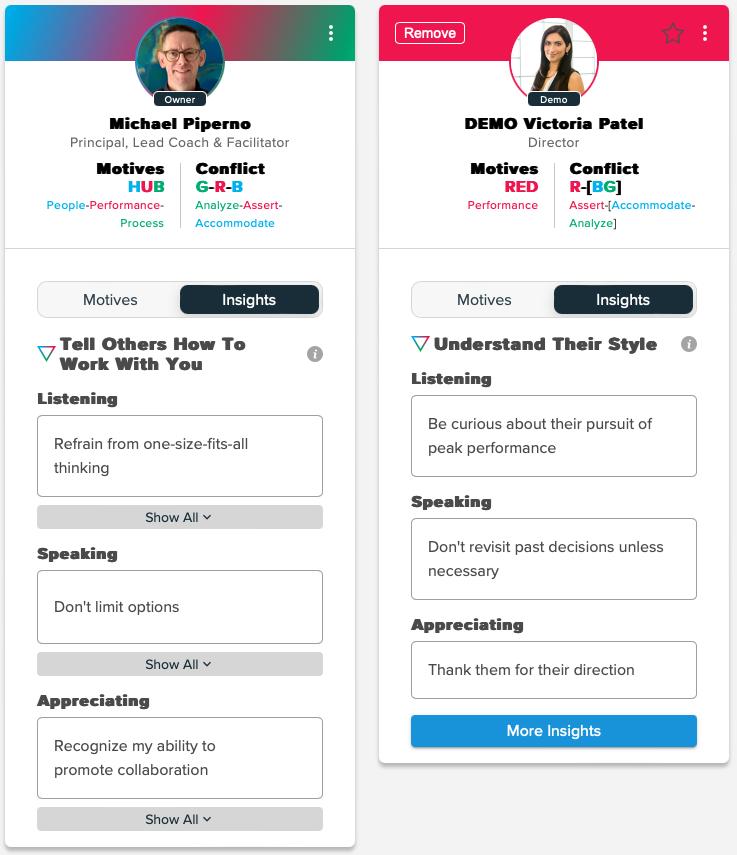It’s How You Say It…
When it comes to effective communication, how you make people feel often speaks louder than the words you use.
We all know (and studies show) that emotional awareness and empathy play a crucial role in successful interactions.
That’s why I cringe when I hear workplace phrases that dismiss them like, “check your emotions at the door…”. 🤢
Humans aren’t emotionless robots or machines, and emotions are a key component of communication.
Why Emotions Matter in Communication
- Building Trust: People are more likely to trust and connect with you if they feel understood and valued.
- Enhancing Engagement: Emotionally engaging communication captures attention and keeps your audience interested.
- Creating Impact: The feelings you evoke can leave a lasting impression, making your message more memorable.
Tips for Effective Emotional Communication
- Be Authentic: Genuine emotions resonate more with people. Be yourself and let your true feelings show.
- Use Positive Body Language: Maintain eye contact if you are comfortable doing so, smile, and use open gestures to convey warmth and openness.
- Mind Your Tone: Your tone of voice can convey enthusiasm, empathy, and sincerity. Pay attention to how you say things, not just what you say.
- Listen Actively: Show that you care by listening attentively and responding thoughtfully.
By focusing on how you make people feel, you can enhance your communication skills and build stronger, more meaningful connections.
Remember, it’s not just about what you say, but how you say it that truly matters.
—
Michael Piperno is a communication coach and executive presence expert. His insights empower leaders to communicate effectively and authentically.
It’s How You Say It… Read More »


